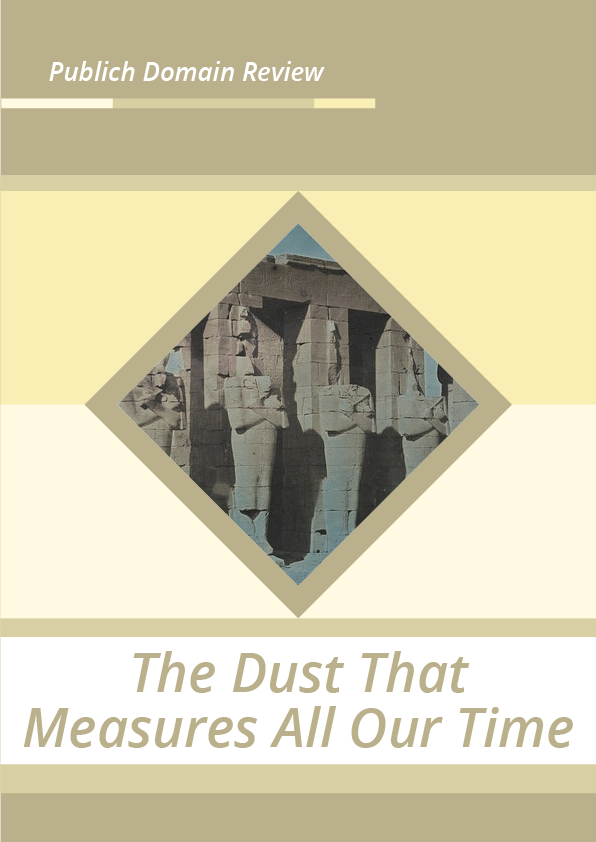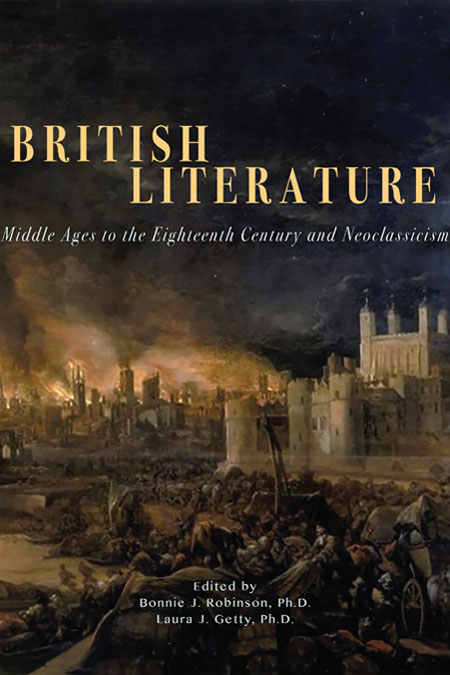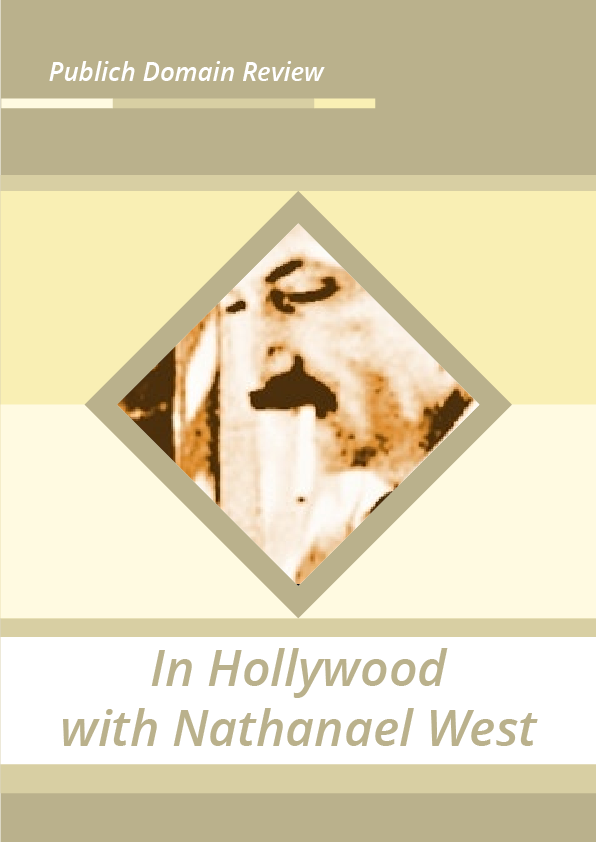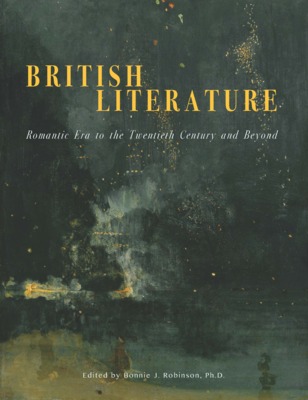From the mythical Sandman, who participates in dream and vision, to an irritating grain lodged in the beachgoer’s eye, sand harbours unappreciated power, however mundane. Steven Connor celebrates this “most untrustworthy” type of matter.
αρχας ειναι των ολων ατόμους και κενόν, τα δ’αλλα πάντα νενομίσθαι
There are atoms, and the spaces between them; surmise makes up the rest.—Democritus in Diogenes Laertius
Sand belongs to the great, diffuse class, undeclared, rarely described, but insistent and insinuating, of what may be called quasi-choate matters — among them mist, smoke, dust, snow, sugar, cinders, sleet, soap, syrup, mud, toffee, grit. Such pseudo-substances hover, drift, and ooze between consistency and dissolution, holding together even as they come apart from themselves. And, of all of these dishesive matters, sand is surely the most untrustworthy, the most shifting and shifty.
Nobody would seriously consider taking a stand on a cloud, but sand has betrayed many an architect and edifice. Sand is at once architectural and archiclastic. An eighteenth-century continuation of Baron Munchausen’s adventures describes how the Baron and his party survive a whirlwind of sand by scooping an igloo-style sand-chamber in which to shelter from the storm, and then digging a tunnel from their bunker back out into the light. Sand has the capacity to engulf and inundate, blearing contours, eroding and erasing every edge and eminence. As such it is the ultimate mockery of the permanence of stone, for it is no more than one of stone’s own moods, the manner in which stone, atomised, consumes itself. Shelley’s “Ozymandias” imagines the monumental statue of Rameses the Great dismembered on the Egyptian sands. The shattered chunks of head, legs, and pedestal portend a further, finer comminution, after the membra disjecta themselves will have been milled away into flatness: “Round the decay/Of that colossal wreck, boundless and bare,/The lone and level sands stretch far away”.
Surely the most treacherous of all kinds of sand is quicksand, whose prefix indicates that it is alive enough to hunger for the lives of the unwary. Quicksand doubles the dubiousness of what is already an uncertain substance; where sand is hard and soft at once, quicksand, a fine sand that has become saturated with liquid, is also amphibiously wet and dry, bonelessly loose, yet syrup-gluey. Walter Charleton, in his tormentedly Latinised Englishing of Pierre Gassendi’s neoatomism, uses quicksand to image the paradox of all matter, the “perpetual inquietude of Atoms, even in compact Concretions… because the Revibrations, or Resilitions of Atoms regarding several points of the immense space, like Bees variously interweaving in a swarm, must be perpetual: therefore also must they never quiesce, but be as variously and constantly exagitated even in the most solid or adamantine of Concretions… To apparence nothing more quiet and calm: yet really no quicksand more internally tumultuated”.
Sand has also been a source of quickening. Drops of sweat or spittle on sand or dust were thought to breed mites and fleas by spontaneous generation. Mythical beings have frequently been shaped from sand, like the djinns who take flight in the form of the Zôba’ah, a whirlwind that raises the sand in the form of a pillar of great height. In Cornish tradition the troublesome spirit Tregeagle was condemned to toil endlessly at the task of making a truss of sand, bound with ropes similarly of sand, and carrying it out of the water to a rock: the howls of the storm are said to be his cries of rage as the waves repeatedly scatter his work. A more contemporary emanation of sand is the irascible Psammead, or sand-fairy, of E. Nesbit’s Five Children and It (1902), found by a group of children in a sand-pit, which has the power of granting wishes by blowing itself up to enormous size and then suddenly letting itself down again. Sand fairies are rare now, it explains, because they used to live in the sandcastles made by children on the shore, but nearly all died out after catching cold from the seawater flowing into the moats around the castles.











